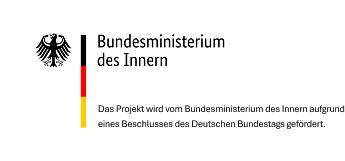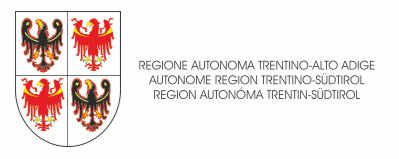Greetings
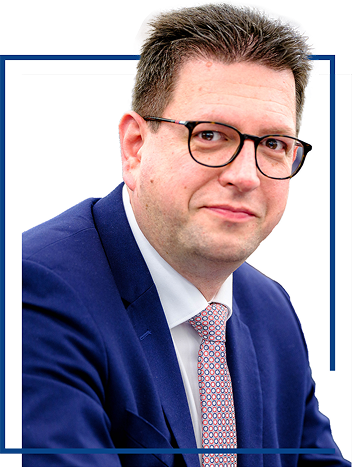
Vincze Loránt
FUEN President
Member of the European Parliament
FUEN President
Member of the European Parliament
Dear guests, dear members, dear delegates,
With each FUEN Annual Congress, we strive to send a message – even through our choice of location. Depending on the region, this message may be directed toward the local community, the state, our members, or the international audience. This year, in the case of South Tyrol, the message comes naturally.
Here we find a thriving minority – the German-speaking community – and within it, another flourishing minority: the Ladin community. South Tyrol stands as a model for minority protection in all of Europe. It shows not only that such protection is possible, but that it is worthwhile. Minorities do not take anything away from the majority; on the contrary, they add value – culturally, linguistically, and economically. The Südtirol experience deserves to be replicated. Unfortunately, as the past decades have shown, too few people are listening to our call.
At the FUEN Annual Congress 2025, fundamental decisions will be made – for the future of our umbrella organisation and for the future of national minorities, nationalities, and linguistic groups across Europe. We aim to build a Europe where all traditional minorities and language groups are valued, protected, and free to make their own decisions on matters that affect them.
Our great dream is already a reality here in South Tyrol. Let’s work together to make it a reality throughout Europe!
Ladies and gentlemen, I wish us all a successful
and inspiring congress here in South Tyrol!
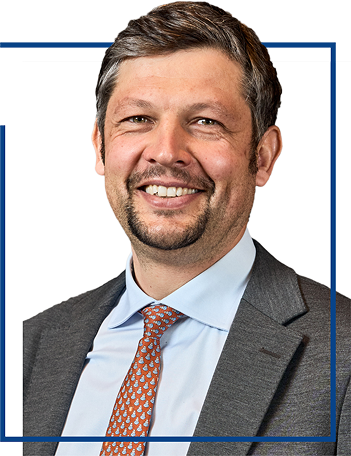
Daniel Alfreider
FUEN Vice-President, Deputy Governor of South Tyrol,
Councillor for Ladin Education and Culture, Mobility, Infrastructure
FUEN Vice-President, Deputy Governor of South Tyrol,
Councillor for Ladin Education and Culture, Mobility, Infrastructure
Welcome to the FUEN Congress
in South Tyrol!
It is a great pleasure for us to once again be the host country of this important meeting after 2013. South Tyrol, often referred to as a ‘small Europe within Europe’, stands for cultural diversity and multilingualism like no other region.
As a German and Ladin minority, we know how important the initiatives and activities of FUEN are. This is precisely why we have been at the heart of the supporters of the MSPI campaign from the very beginning, because we are convinced that the protection and promotion of our minorities is at the heart of a united Europe. As minorities, we experience every day how valuable access to different support programmes is to preserve our language, our culture and our identity.
Let us carry forward this spirit of diversity and work together towards a future in which all of Europe's minorities can raise their voices.




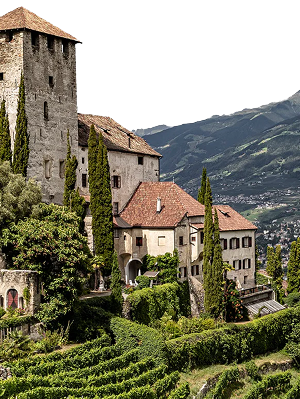
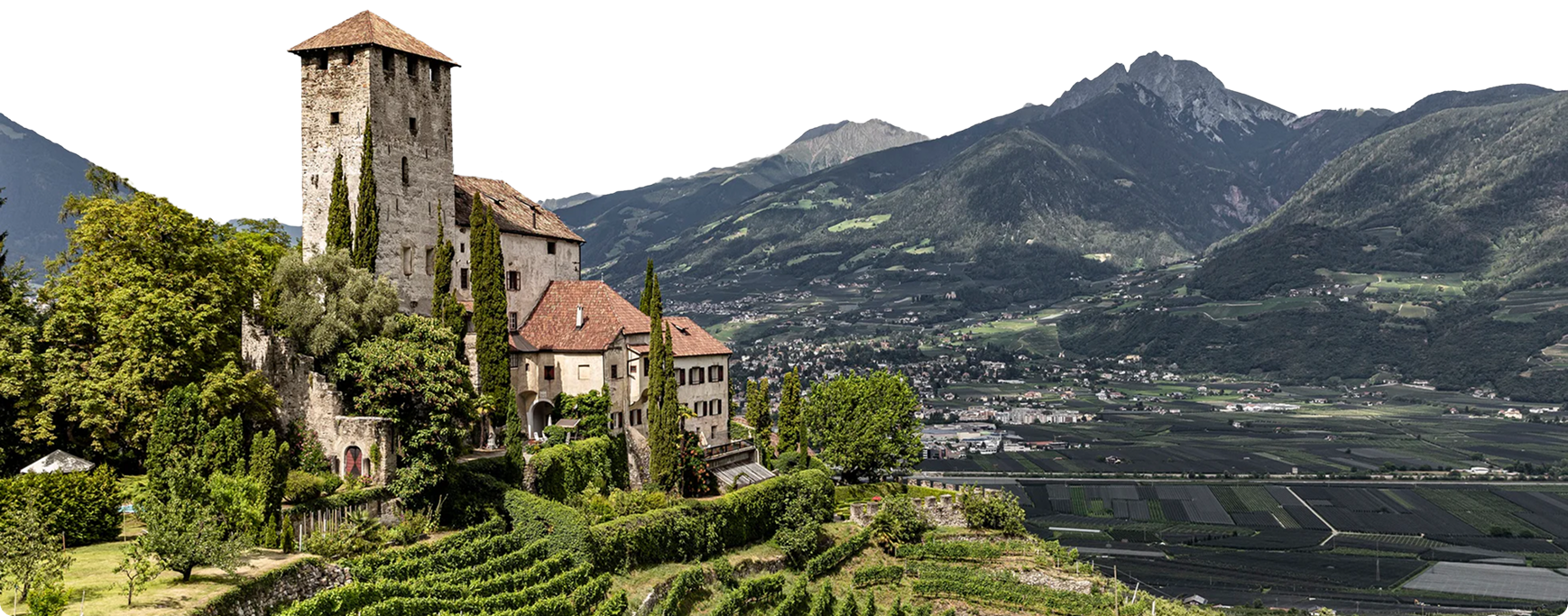
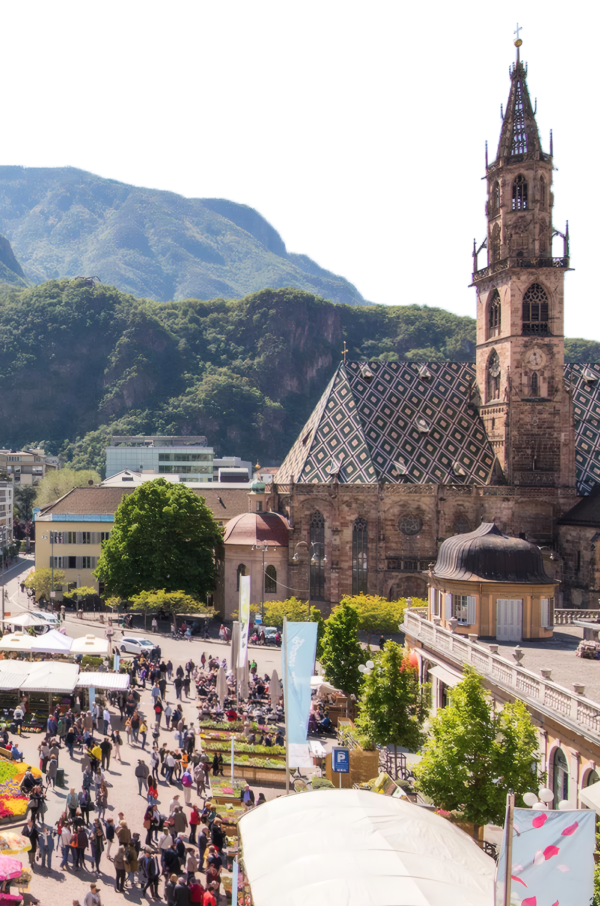
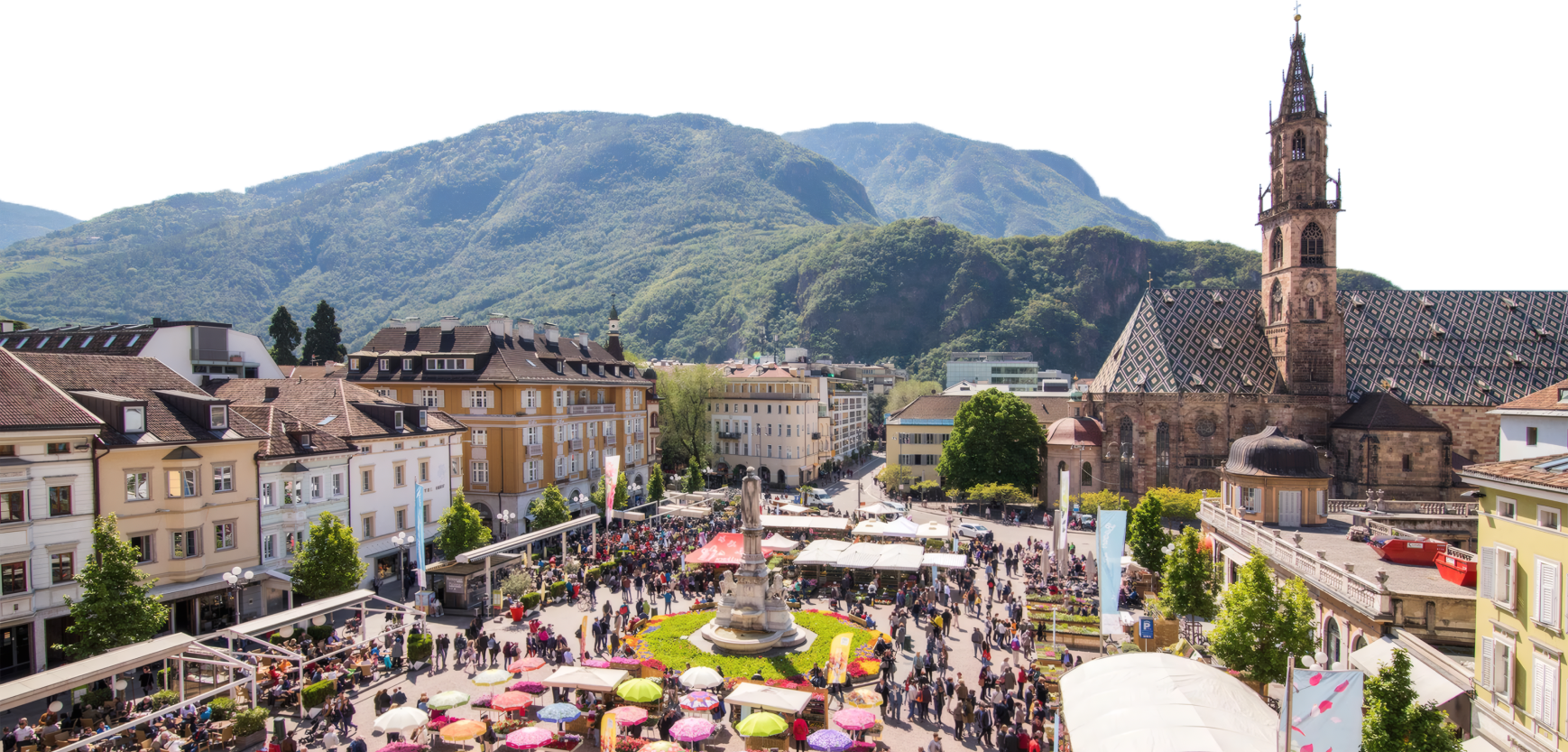
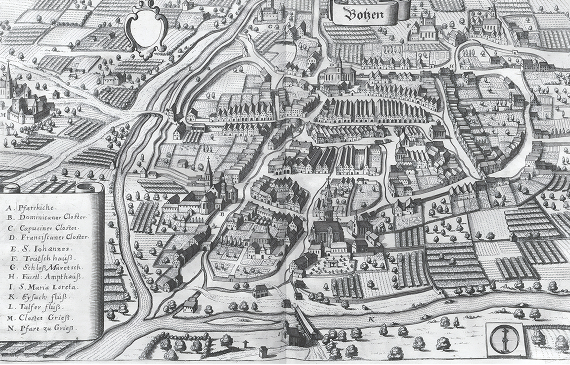
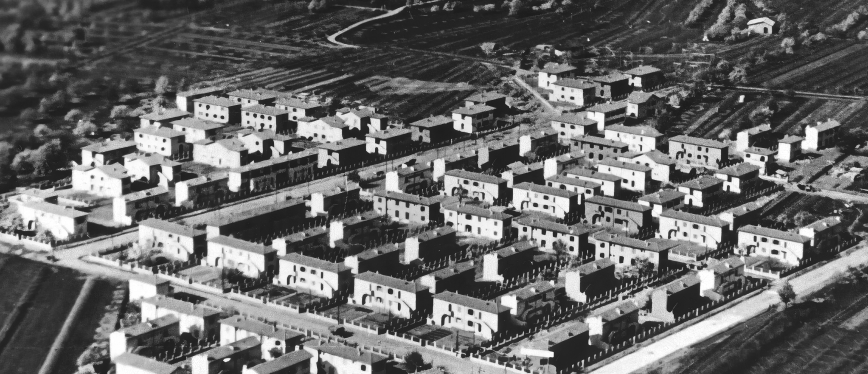
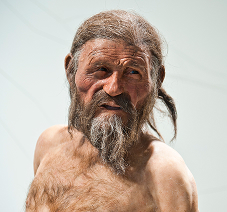 One of the city’s cultural highlights is the South Tyrol Museum of Archaeology, where the world-famous glacier mummy Ötzi and his equipment are on display. The museum is also an exhibition venue for regional history from the Palaeolithic to the Carolingian period and organises interesting special exhibitions. In contrast, you can also discover modern and contemporary art in Bolzano at MUSEION.
One of the city’s cultural highlights is the South Tyrol Museum of Archaeology, where the world-famous glacier mummy Ötzi and his equipment are on display. The museum is also an exhibition venue for regional history from the Palaeolithic to the Carolingian period and organises interesting special exhibitions. In contrast, you can also discover modern and contemporary art in Bolzano at MUSEION. 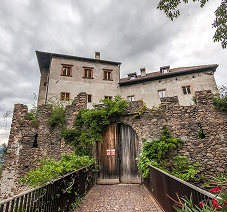 Haselburg Castle is situated on a rocky outcrop high above the Haslach district of Bolzano and offers a marvellous view of the Adige Valley, the city of Bozen/Bolzano and the surrounding areas such as San Genesio, Renon and Val Sarentino. The castle houses valuable frescoes from the 16th century and it is a restaurant and popular location for festivals and cultural events today.
Haselburg Castle is situated on a rocky outcrop high above the Haslach district of Bolzano and offers a marvellous view of the Adige Valley, the city of Bozen/Bolzano and the surrounding areas such as San Genesio, Renon and Val Sarentino. The castle houses valuable frescoes from the 16th century and it is a restaurant and popular location for festivals and cultural events today. 
